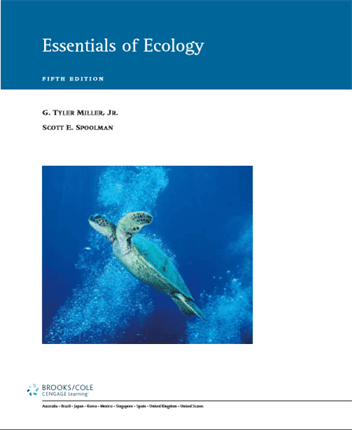The field of wild foods, first popularized by Emil Gibbons in the 1960s, has been languishing from neglect. For a field with such a lot potential, wild foods stay a mystery when nearly fifty years of books on the topic. People buy books and try to study the subject but come away with little real understanding or useful knowledge. In addition to lack of information, there is a disconnect between what is said about these plants and what real-ity seems to serve you, the reader. Pleasant dining experi-ences are few.
Anyone will write a book on wild foods, and almost anyone has. The effort to help the reader in plant identification is sort of as dangerous. Cryptic technical descriptions have little meaning for the layperson.Line drawings of plants typi-cally aren’t helpful unless the reader already is aware of the plant.
Photograph-based identification guides are hold-overs from wildflower guides. Wildflower guides are con-cerned with flowers at the neglect of other parts of the plant. Plants are complex organisms that change shape as they grow, often with variable leaves, stems, and over-all form. Many species have more than one form, so a single photograph gives you only a fraction, a small clue, to identifying a plant. Many wild food guides are nothing more than catalogs of plants with no real detail written by authors who have never experienced what they are writing about.
Essentials of Ecology (pdfhive.com)
By successful I mean that with time you will be able to identify the plants I cover, understand how to get the most out of than, and have satisfying culinary experiences as result of your efforts. And that is the point, isn’t it? lb go from the wild to something your taste buds recognize as good food. I love wild foods. the whole idea of eating from the wild, the joy of being outdoors and being closet to the earth, and the adventure of the whole experience.
Given all that, I do not sugarcoat what you need to know. When something I’ve read about wild foods is disingenuous or misleading, or doesn’t seem to work. Eli let you know. If some taste or texture of something people might have eaten in the distant past is beyond what anyone would find acceptable today. III let you know. So if you’ve been dissatisfied with books you may have read on this topic—those that have too few photographs or not enough information to be useful—then read on.
My goal is to make wild foods user-friendly, rewarding, and fim. This bookie designed as a user manual. It is written from the perspective of a area ptofessional in the area of wild foods. Not merely a field guide or a cookbook, it is intended to take you deeper into the secret world of plants.
Each plant’s dear photographs are used to show you its develop-ment at all stages of growth. Processing techniques are dearly illustrated. Foundational ways to prepare each food are given within a context that will allow you to improvise recipes. ibis manual is. in essence, a reverse field guide. It provides the means to learn identification directly from read-ing the chapters.
Related Books:
-
Chemistry 9 Textbook English Medium
-
Chemistry 9 Textbook English Medium
-
Chemistry 9 Textbook Urdu Medium
-
Chemistry 9 Easy Notes – pdfhive.com
-
Chemistry 10 Textbook English Medium
-
An Insight Into Objective Chemistry 11
-
Chemistry 11 Textbook FSc Part-1
-
Chemistry 12 Textbook FSc Part-2
For further visit again www.PDFHive.com









